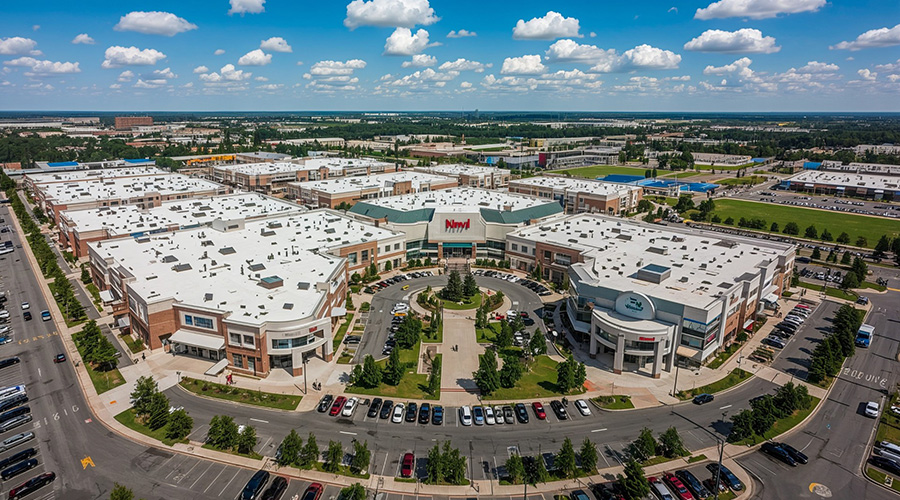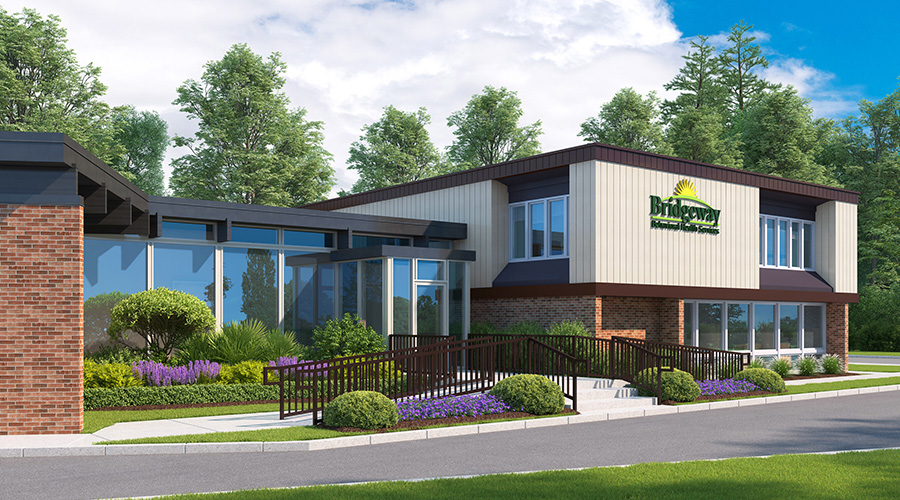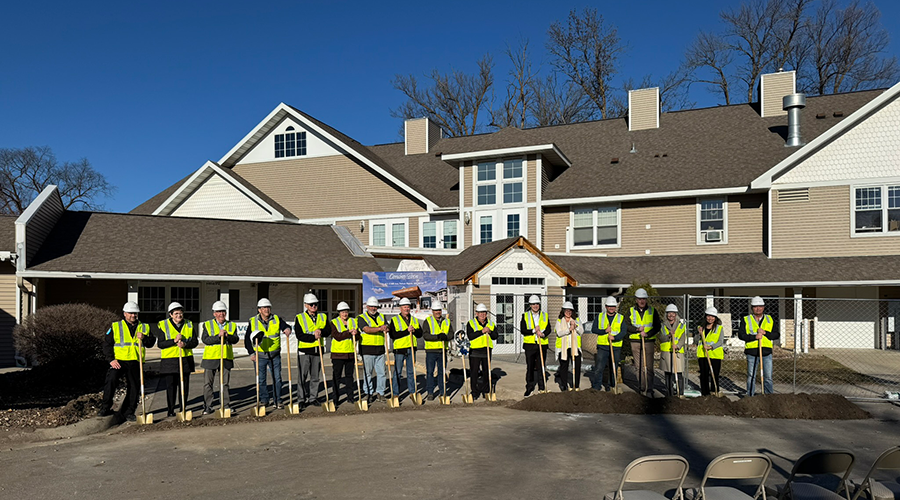There has been a recent movement on social media with people urging designers and architects to preserve old buildings, saying that the old-world aesthetics are what make the building. But old buildings are just that – old. Modernization is needed to keep up with current day needs, especially as the world continues to embrace emerging technologies. This is imperative in hospitals and other healthcare facilities because if they remain outdated, people’s lives could be at stake.
Healthcare Facilities Today recently spoke with Christy Lindsey, global head of healthcare advisory for the SJ Group on the importance of modernizing outdated healthcare facilities and what designers need to consider first.
HFT: What are the biggest challenges hospitals face when modernizing outdated facilities?
Christy Lindsey: The biggest challenges hospitals face when modernizing outdated facilities include competing capital priorities, operational disruption, and misalignment between strategic intent and the built environment. Too often, modernization starts after programming or design, causing projects to expand beyond their original plan and resulting in costly rework.
To overcome these challenges, hospitals must start earlier — aligning utilization and market analysis with a Clinical Delivery System Plan, which defines how care is delivered across the health system, including service distribution, care models, and access points. They should use data to prioritize investments, and bring planners, architects, and engineers into the same room early. This ensures modernization is phased and technically feasible, while supporting operational, financial, and sustainability goals.
Related Content: Data-Driven Decisions: How Analytics Are Shaping Healthcare Facility Planning
HFT: Which trends in healthcare design are most important for hospitals to adopt now?
Lindsey: The most critical trends in healthcare design right now focus on four areas:
1. Flexible and acuity-adaptable spaces: Allows facilities to rapidly repurpose space as care models evolve.
2. Digital enablement: From telehealth to real-time operations dashboards, digital integration supports capacity management.
3. Patient and staff-centered design: Improves throughput, reduces length of stay, and enhances staff retention.
4. Decarbonization and resilience: Embedding sustainability and resilience into modernization programs ensures long-term operational and financial returns.
HFT: How can facility managers balance modernization with preserving older infrastructure that may still be functional?
Lindsey: Balancing modernization with existing infrastructure requires a disciplined, risk-and-value approach. A Capital Asset Renewal Plan, or a strategic roadmap for maintaining, replacing, or upgrading facilities and infrastructure, allows organizations to assess the condition, utilization, and functionality of assets and determine whether renewal, targeted modernization, or replacement delivers the best outcome.
Critical infrastructure that supports mission-critical operations should be preserved, while modernization efforts focus on high-impact areas such as EDs, ORs, and imaging. Conducting early, multidisciplinary reviews prevent under- or over-investment and incorporating total cost-of-ownership and climate risk analyses ensures that facility portfolios remain both resilient and financially sustainable.
Mackenna Moralez is the associate editor of the facilities market and the host of the Facilities in Focus podcast.

 Healthcare Is the New Retail
Healthcare Is the New Retail Bridgeway Behavioral Health Services Launches Campaign to Renovate Health Center
Bridgeway Behavioral Health Services Launches Campaign to Renovate Health Center Ground Broken for New North Dakota State Hospital
Ground Broken for New North Dakota State Hospital AI Usage for Healthcare Facilities
AI Usage for Healthcare Facilities Ground Broken on Pelican Valley Senior Living Modernization Project
Ground Broken on Pelican Valley Senior Living Modernization Project